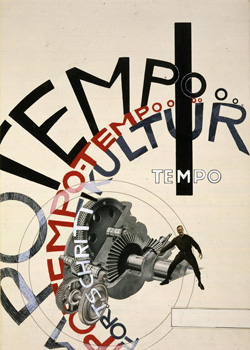Product Description
Marianne Brandt / Metallwarenfabrik Ruppelwerk / Bauhaus Napkin holder 1930-32


MARIANNE BRANDT (1893-1983) Germany
METALLWARENFABRIK RUPPELWERK Gotha, Germany
Napkin holder 1930-32
Salmon enameled metal napkin holder in a triangular form
Marks: RUPPEL (in a circle) mehrfach geschützt
Illustrated: Avantgarde Design 1880-1930, Torsten Bröhan, Thomas Berg (Cologne: Benedikt Taschen, 1994) p. 105.
For other works by Brandt for Metallwarenfabrik Ruppelwerk see: Die Metall Werkstatt am Bauhaus, (Berlin: Bauhaus-Archiv, Museum für Gestaltung, 1992) pp. 180-183; Die Metall Werkstatt am Bauhaus, (Berlin: Bauhaus-Archiv, Museum für Gestaltung, 1992) pp. 181-3;
H: 5 1/8” x W: 8 3/8” x Base D: 3 3/8”
Marianne Brandt / Metallwarenfabrik Ruppelwerk / Bauhaus Napkin holder 1930-32
WALTER SCHERF (1875-1909) Germany
ORIVIT Germany
‘Mahogany framed mirror with gilt pewter Art Nouveau stylized flower and whiplash motif.
H: 24 1/2″ x W: 19″ x D: 3/4″
Price: 3/4″
WMF [Württembergische Metallwarenfabrik] Germany
“Four Seasons” Art Nouveau Jewelry box c. 1900
Silver plate with Jugendstil design buttress handles and open work handle with a frieze of Art Nouveau maidens representing the four seasons, velvet lined with two original keys.
Marks: WMF mark, I/O (in a box), E
For more information see: WMF: Glas, Keramik, Metall, 1925-1950, Jörg Schwandt (Berlin: Kunstgewerbemuseum, Staatliches Museum Preussischer Kulturbesitz, 1981); Metallkunst, Band IV (Berlin: Brohan-Preussischer Kulturbesitz, 1981) pp. 546-579.
H: 7 1/2″ x W: 17″ x D: 5 1/2″
Price: $3,500
